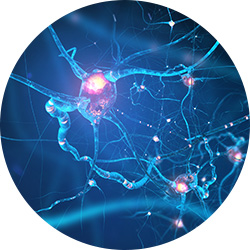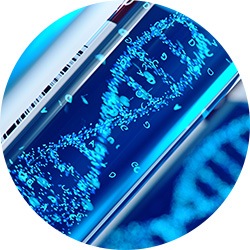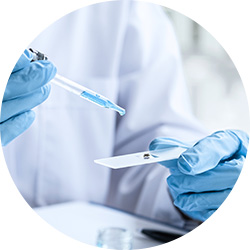- Mechanism of decellularization using CO2 harmless to human body / Possess specialized decellularization technology
- Patient-specific tissue processing possible
- Eco-friendly processing method without the use of chemicals
-

- Tissue Bank
- A tissue bank is an institution authorized by the Ministry of Food and Drug Safety to collect, store, process, store, and distribute tissues donated from live, brain dead, and deceased individuals. Our tissue bank, approved for establishment in November 2021, processes and distributes a total of 7 types of tissue: nerve, skin, bone, cartilage, fascia, tendon, and ligament.
-

- Human Tissue
- 'Human tissue is a part of the body, such as bones, cartilage, fascia, skin, ligaments, tendons, and heart valves, collected and transplanted for human health, physical recovery, and disability prevention, in accordance with the [Human Tissue Safety and Management Act].
-

- Human Tissue Materials
- Donated human tissues are transformed into valuable transplant materials that are directly put into the patient's body. Human tissue transplant materials processed in tissue banks by removing cells, which are the main cause of turnover rejection during tissue transplantation, can be used to recover physical disabilities, burns, fractures, etc. It is used preciously for patients suffering from various diseases.
PROCESS
- Tissue processing using supercritical technology

POINT
- Three Important Points for Tissue Transplantation
-

- Tissue compatibility
-
- Immunological similarities between the two tissues
- If lacking, rejection reaction at the time of tissue transplantation
- Decellularization optimization
-

- Tissue engraftment
-
- Maintaining the ECM content of the donor tissue
- It is necessary to preserve the physical properties of the extracellular matrix such as ECM and cytokines in the tissue
-

- Safety
-
- Low cytotoxicity (the degree to which a cell has a specific toxic effect)
- Need to minimize side effects due to low cytotoxicity
- The three axes of tissue engineering are cells, extracellular matrixes (ECM) and growth factors for signal transmission.
- It is important to prevent the transplant rejection by decellularization with preserving the ECM and growth factors
- It is important to prevent the transplant rejection by decellularization with preserving the ECM and growth factors
ADVANTAGE
- Advantages of tissue processing using supercritical technology
- [ The tissue graft material that maintains growth factors and ECM in optimal conditions ]
Eco-friendly processing method harmless to human body
6 Days shortened processing time
- Less than 2 days of processing time using supercritical
- Reduced tissue destruction by simplifying the process (reducing time, etc.)
- Chemical-free treatment & shortening of processing period à Securing cost advantage
- Reduced tissue destruction by simplifying the process (reducing time, etc.)
- Chemical-free treatment & shortening of processing period à Securing cost advantage
Growth Factor & ECM Preservation
- ECM preservation such as collagen, elastin, and growth factors
- Engraftment and regeneration without rejection
- Engraftment and regeneration without rejection
Sterility and virus inactivation
- Sterilization and virus inactivation proceed at the same time as decellularization


